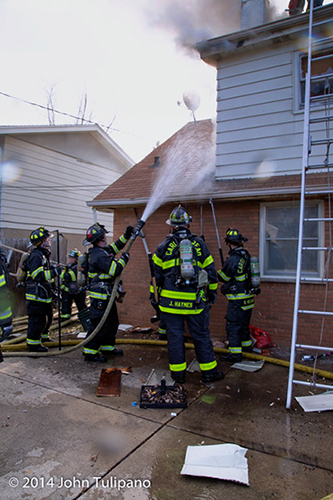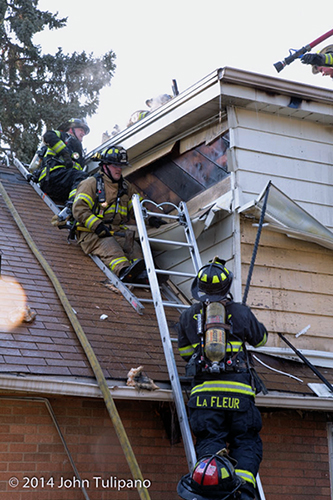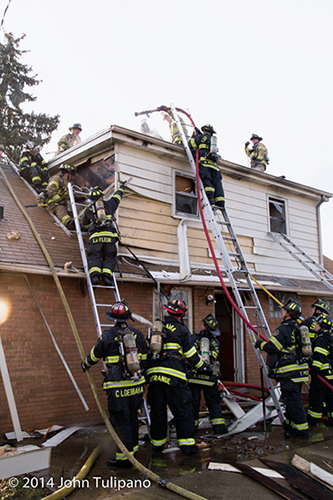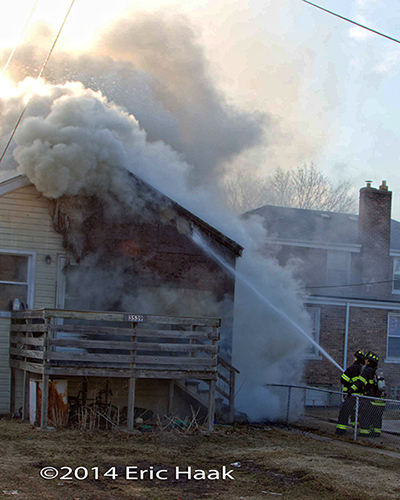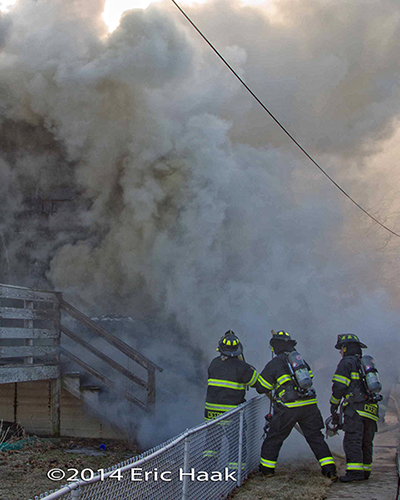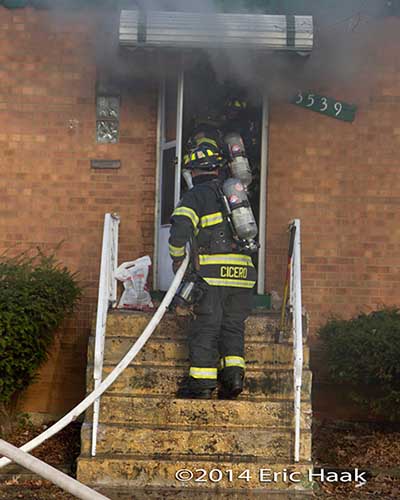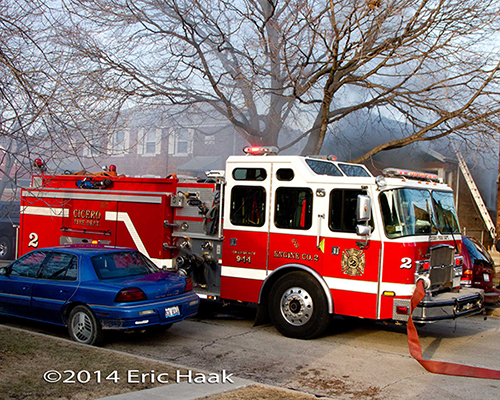This from Larry Shapiro:
The Countryside FPD responded to a fire in a townhouse at 431 Tyler Court this morning as a crew inside was working on the floors. Evidently vapors ignited creating a flash fire that went out, but not before getting into a void inside the wall between two units. There was no visible sign of fire or damage outside the building, but three units suffered damage as the fire was on two floors and required extensive overhaul to find all of it before it could extend into the attic.
Countryside units were assisted by Lincolnshire-Riverwoods, Mundelein, Lake Zurich, Libertyville, Knollwood, Gurnee, Buffalo Grove, Lake Villa, and Round Lake.
Here are some images from the scene.
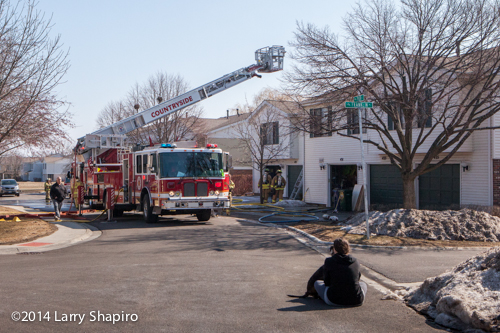
Countryside units in front of the building. Larry Shapiro photo
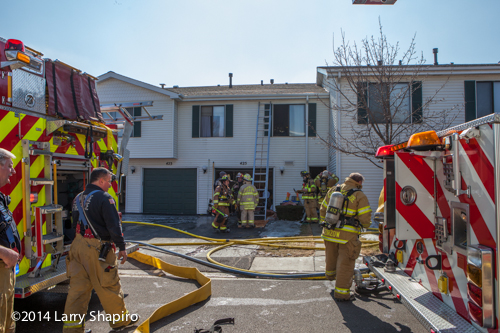
The front of the fire unit. Larry Shapiro photo
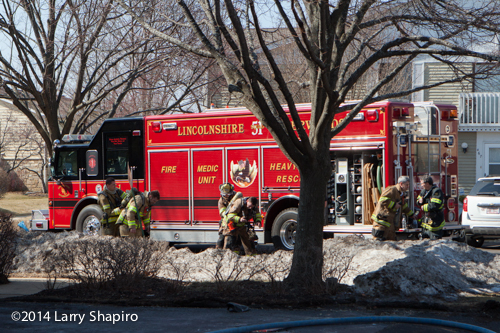
Lincolnshire-Riverwoods Squad 51 fills air bottles. Larry Shapiro photo
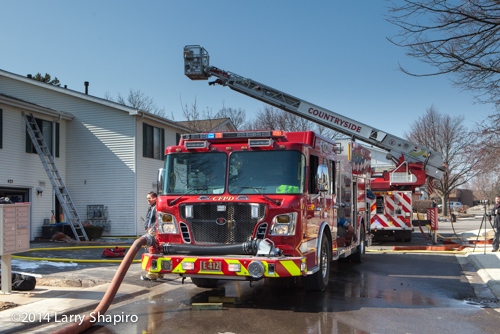
The Countryside engine on a hydrant in front. Larry Shapiro photo
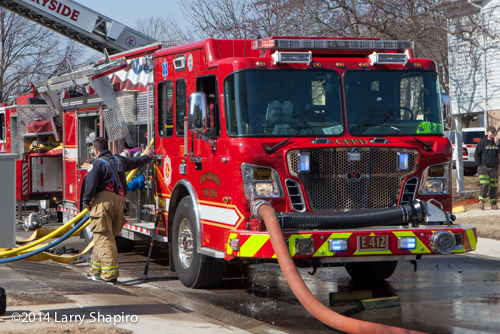
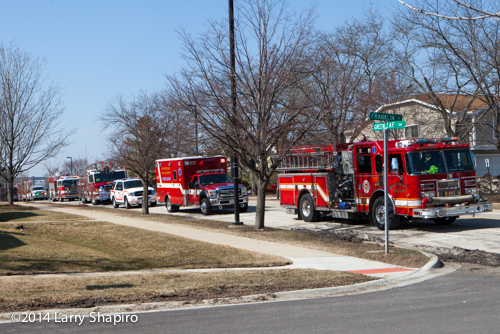
Units in staging. Larry Shapiro photo
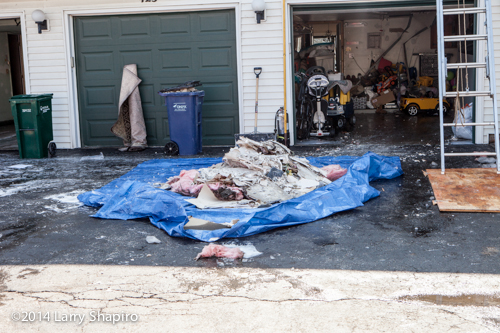
Debris after overhaul. Larry Shapiro photo
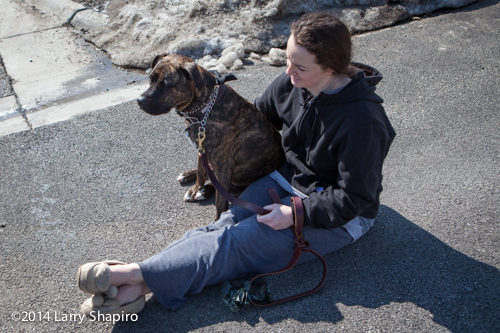
A resident and her dog war the scene unfold. Larry Shapiro photo
A gallery with additional shots is on my site at shapirophotography.net


